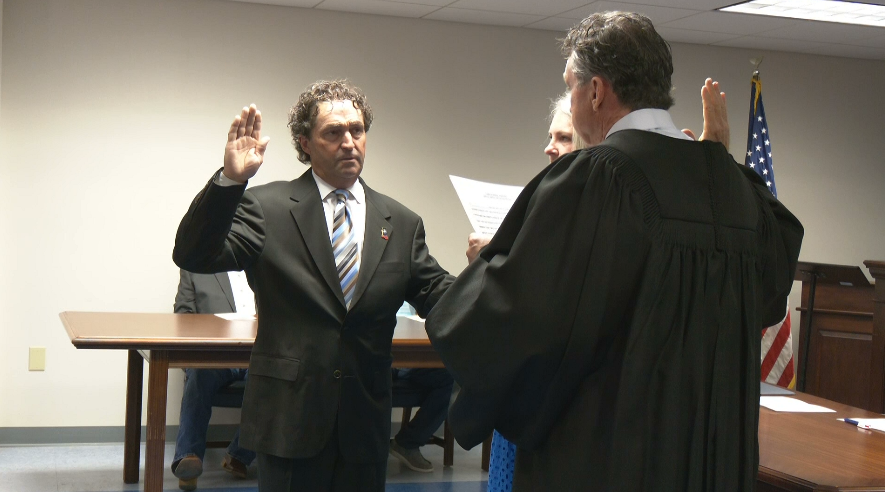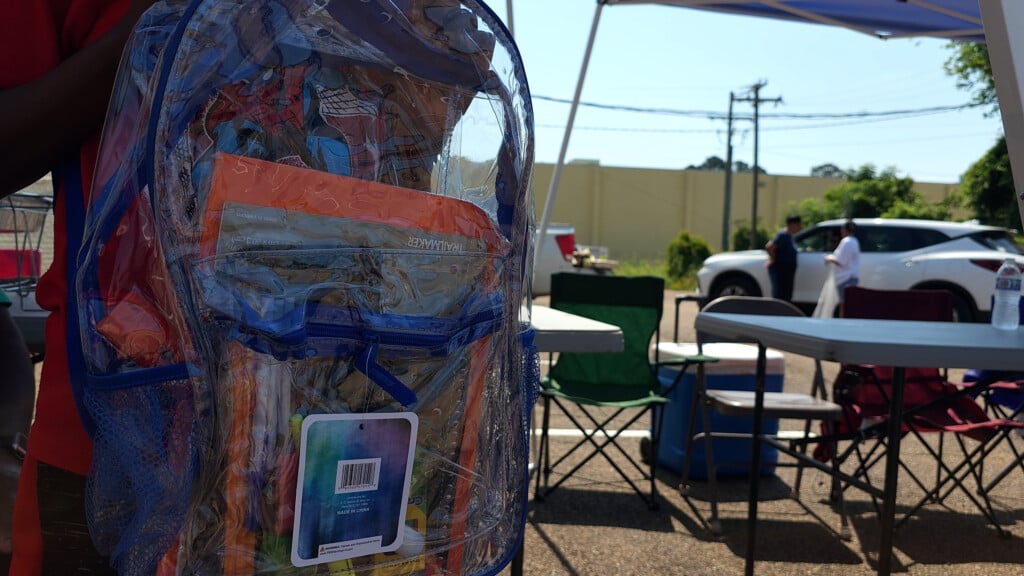Trampoline park injuries “like getting hit with a hammer,” researcher says
Dr. Pete Pidcoe told CBS News’ Meg Oliver that he’s been testing trampoline parks for about six years. The biomechanical engineer and university professor tests trampolines found at trampoline parks and compares them to gymnastic trampolines.
“We found there is energy transferred between trampoline beds,” Pidcoe said. “It’s really one big trampoline.”
He said it’s dangerous because that makes “the system unpredictable.”
“The trampoline surface is changing height. Have you ever stepped for a step that isn’t there? Picture having that happen on a trampoline,” he said.
A video taken at a New Jersey trampoline park showing a dad double bouncing his son and as a result, breaking the child’s femur, is an example of how the energy transfer works.
“Largest bone in your body. It takes about 900 pounds to break it,” Pidcoe said. “Now he’s a child so say maybe half that.”
Pidcoe tests the trampolines with an impulse hammer and accelerometers to study the rebound effect. He measured how much force a 220-pound dad could transfer into his 30-pound-son on a surface that’s constantly changing.
“What we notice is the father transferring into the son 400 lbs of force but the bigger number is how fast that force is actually provided,” he said. “It’s like getting hit with a hammer.”
Utah trauma surgeon Dr. Craig Cook said he has treated about 100 patients with severe trampoline park injuries: broken legs, spinal fractures and head trauma.
“These are the types of injuries that we’d see with high velocity type of trauma motor vehicle crash at 90 miles per hour that rolls or an accident where a patient a victim is thrown off their motorcycle and they fly 100 feet,” Cook said.
Rob Arnold is CEO of Launch Trampoline Park, which has more than 30 parks nationwide and dozens more under construction. He said, “Not all trampoline parks are created equal.”
Even though there was a neck injury at one of his parks, he doesn’t believe it makes the park too dangerous.
“It’s like somebody putting on a pair of skis and going down a mountain, you know? There’s an inherent risk for what you’re doing,” Arnold said.
A New York City park, which opened last November, said they haven’t had any severe injuries to date. Arnold believes the benefits of jumping greatly outweigh the risks.
“Children with autism absolutely love the facility. We have kids that have come in obese … and they didn’t want to play sports, they got picked on,” Arnold said. “And all they wanted to do was come to Launch.”
Arnold estimates more than 100,000 people visit each of his parks every year. Despite no federal regulations, Arnold said safety is a top priority.
Launch covers their springs and uses redundant trampolines – a second trampoline underneath. Pidcoe said a second layer of protection is helpful but there are still risks.
“If the top one rips you’ve got a second one to hit. The problem is if the top would actually goes far enough to hit the second one, it changes how the whole trampoline system feels,” Pidcoe said.
Launch connects their trampolines with a steel bar. Pidcoe’s research says it can reduce energy transfer but doesn’t eliminate it. Experts believe the cable and chain connections many parks use are flawed.
Over a four-year period, people reported about 15,000 injuries at trampoline parks nationwide and CBS News has confirmed at least six deaths since 2012.
What Pidcoe wants anyone going to a trampoline park to know that “everybody in that system is influencing everybody else’s jump.”
In the upcoming months, Pidcoe is hoping to publish the data he collected in a sports medicine journal.
CBS News asked Rob Arnold if Launch could survive if they took forced arbitration out of their contracts, which cuts down on the legal action people can take against the parks. Arnold was confident they could. He also told us he supports federal regulation and is willing to work with lawmakers.
© 2019 CBS Interactive Inc. All Rights Reserved.





Leave a Reply